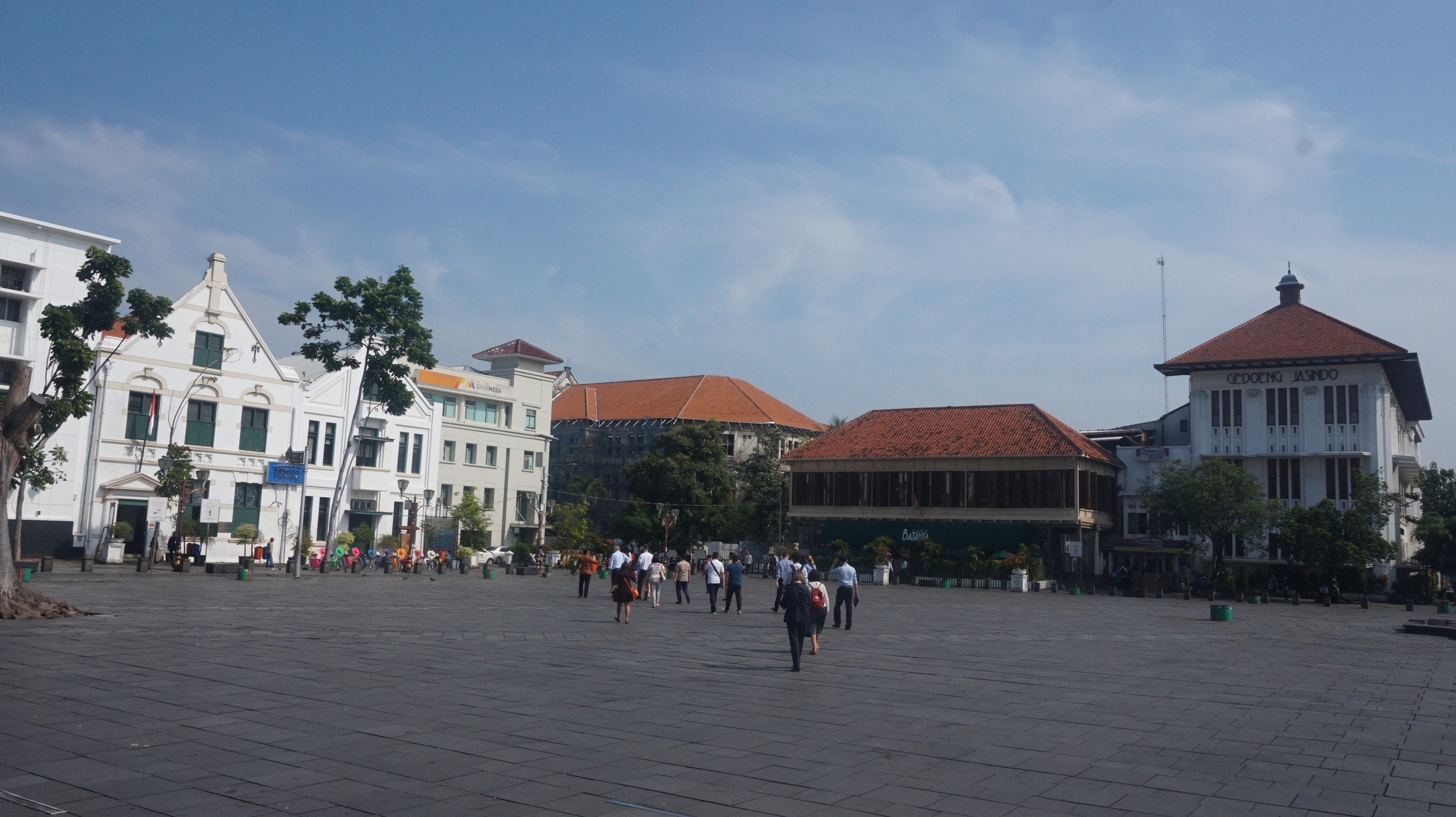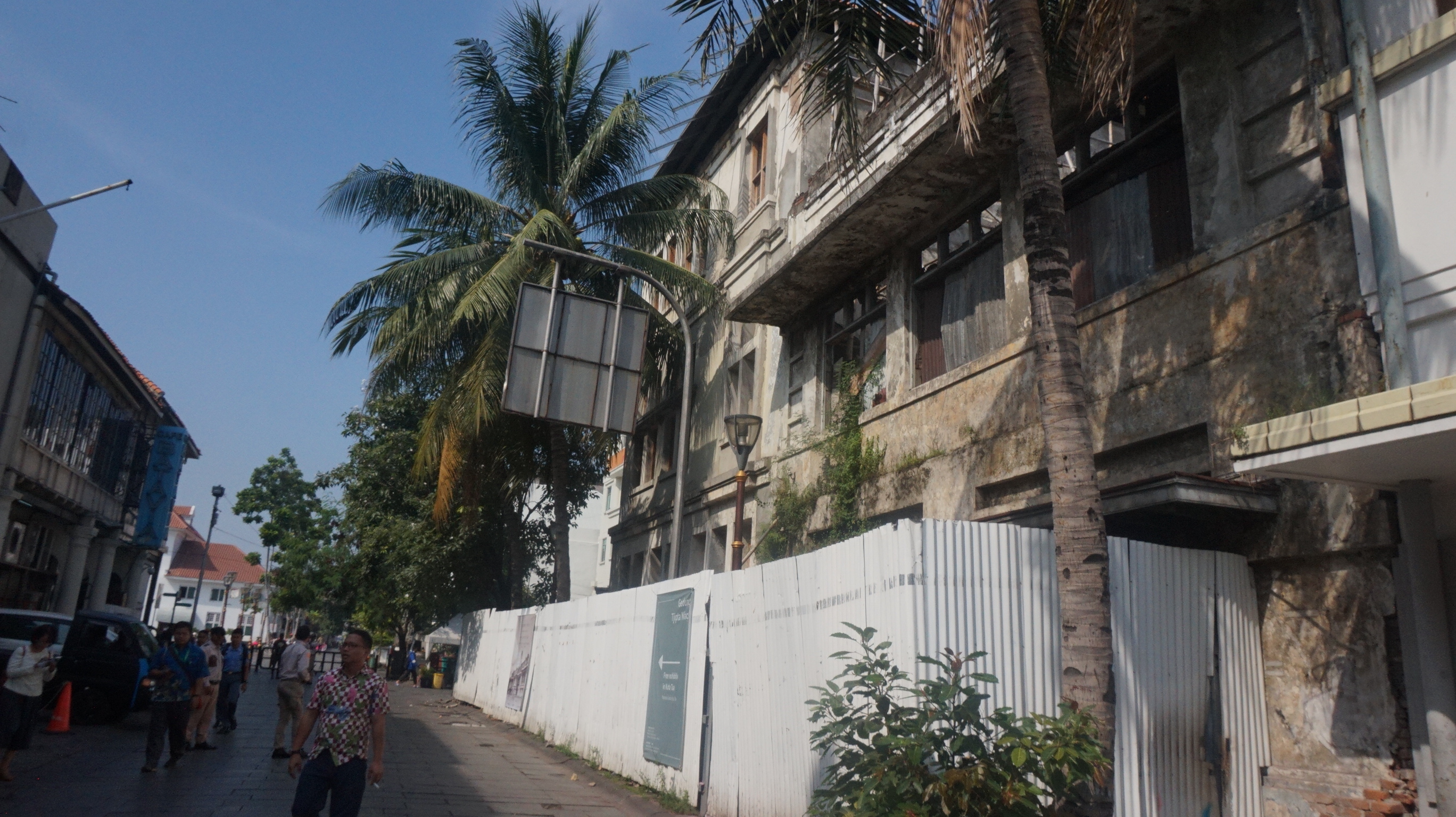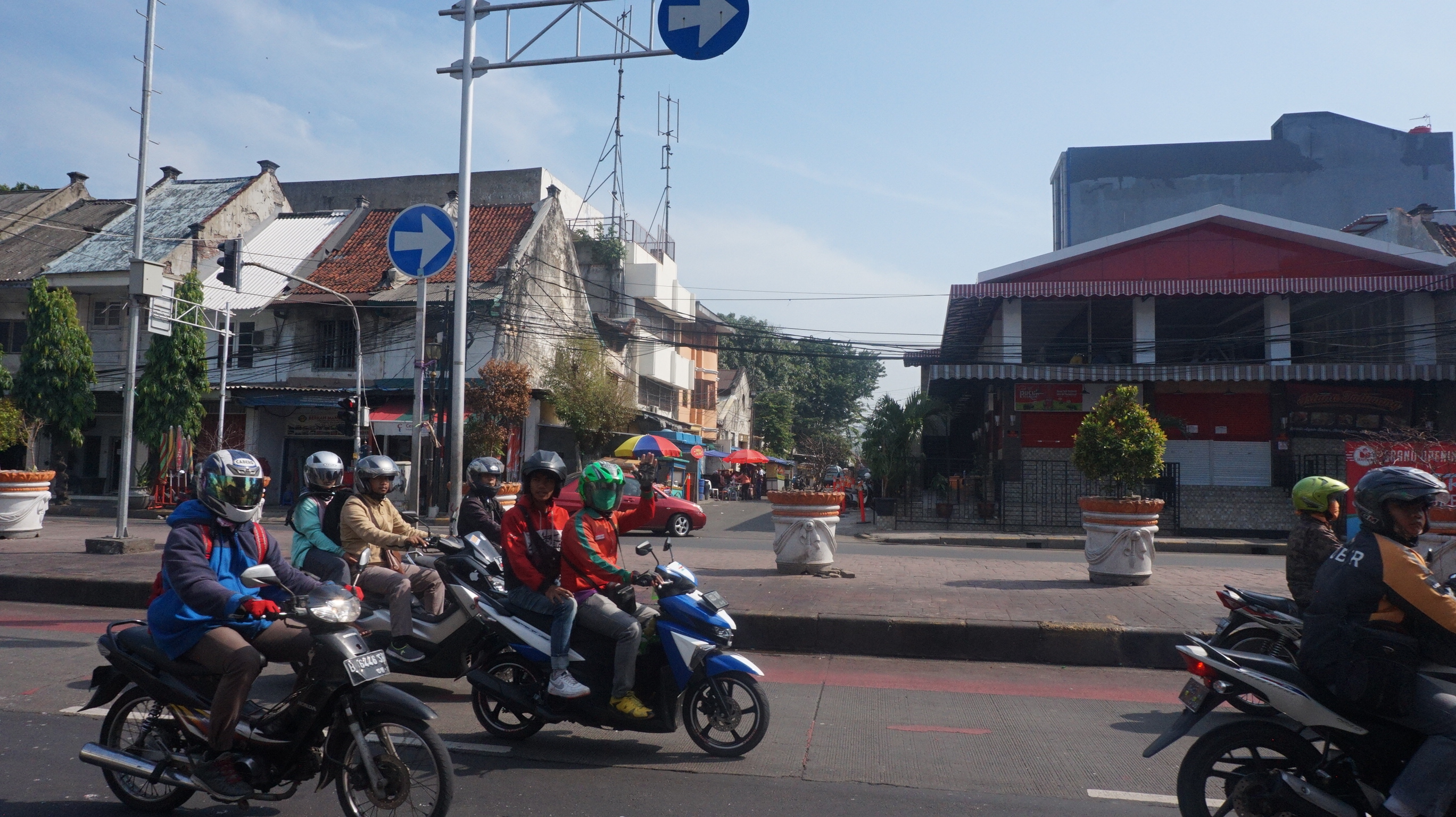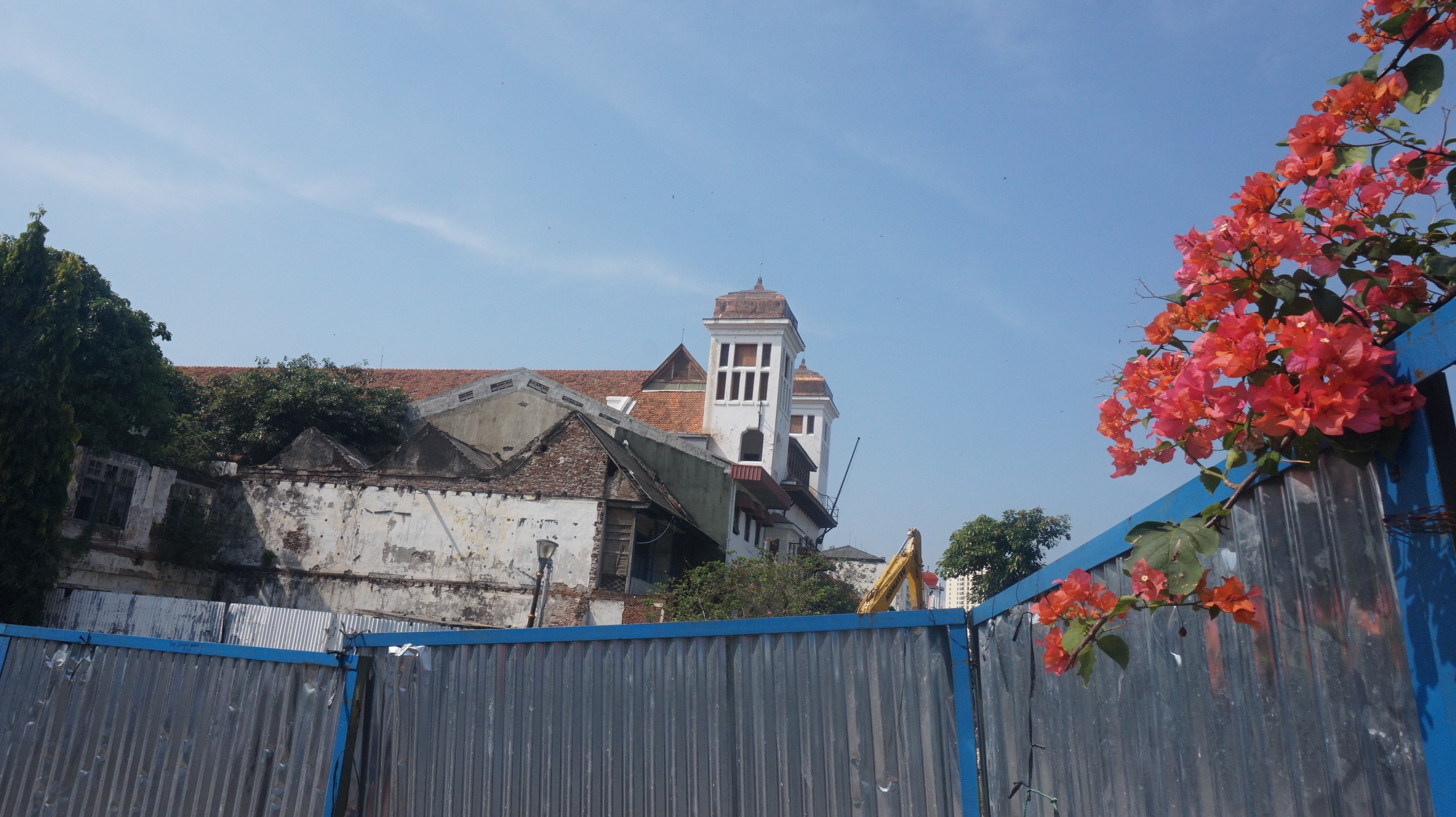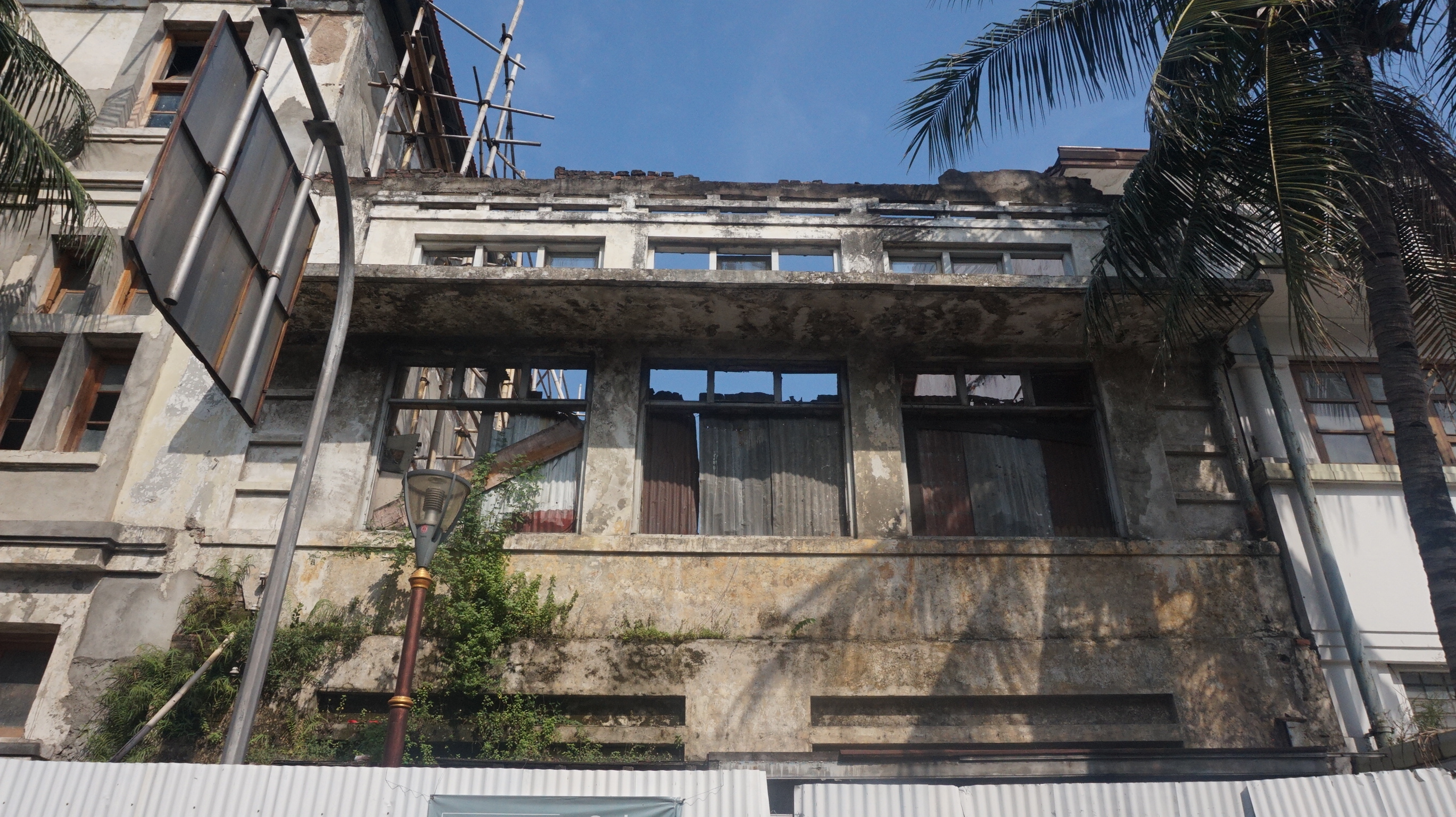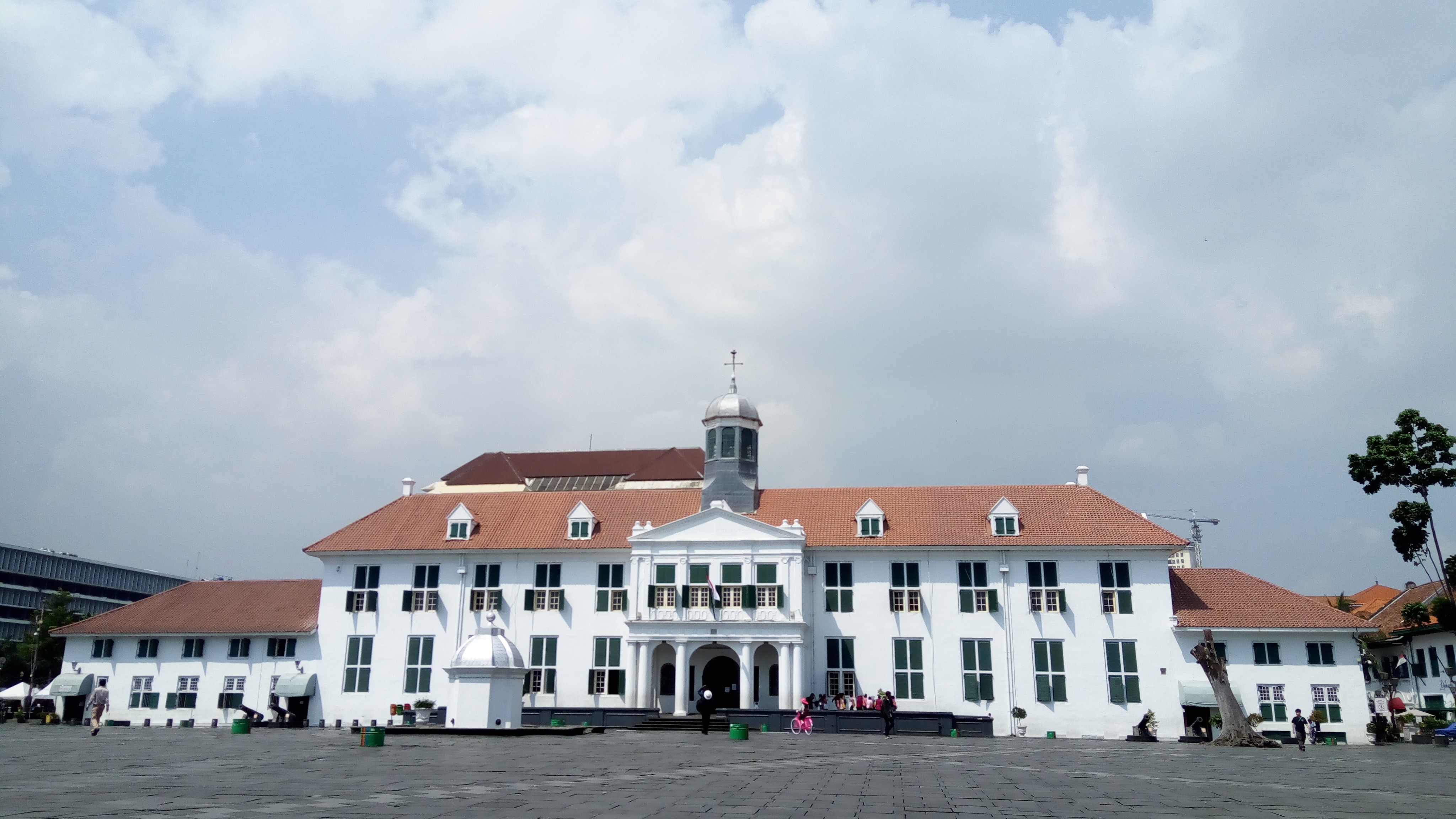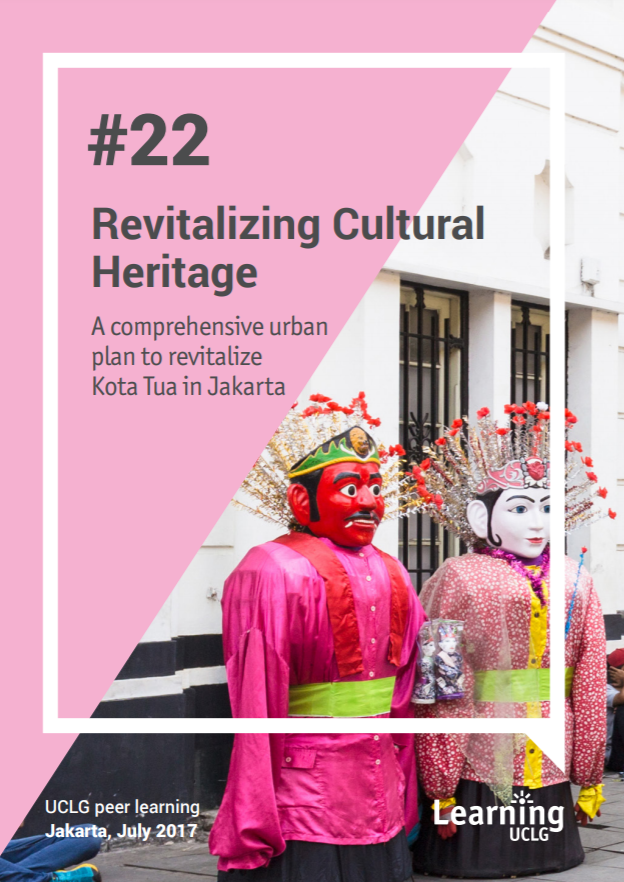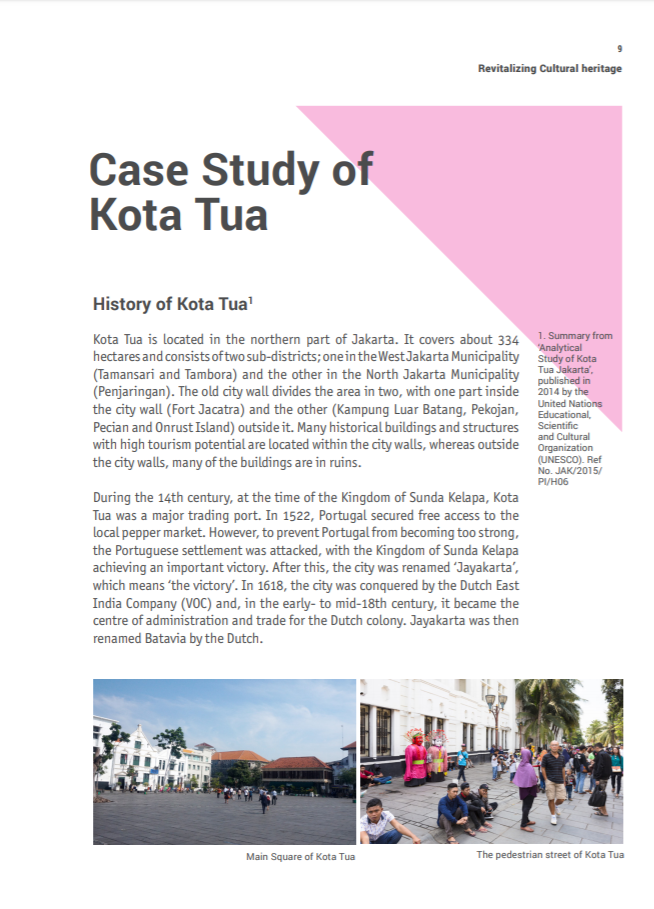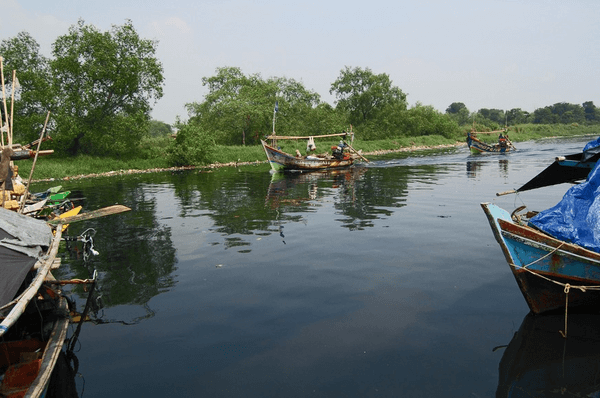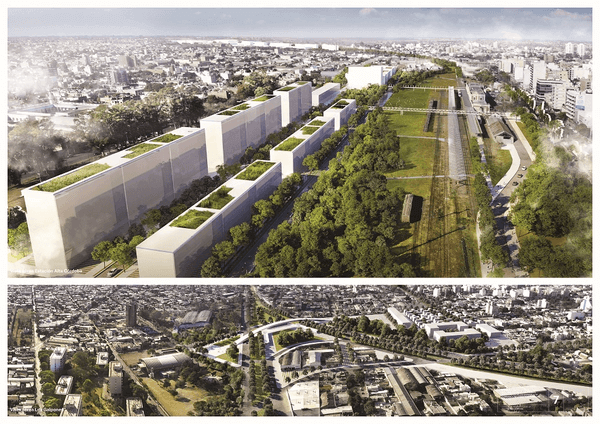City
Jakarta
Main actors
City Government, National Government, Private Sector, Community / Citizen Group
Project area
Inner City
Duration
Ongoing since 2014
The city government of Jakarta has developed a comprehensive urban plan to revitalize the historic neighborhood of Kota Tua in an inclusive and participatory way.
Kota Tua is located in the historic heart of Jakarta and contains a number of cultural heritage sites. These include buildings and canals that were constructed during the 17th and 18th century colonial period. These sites serve as tourist attractions and contribute to the city’s economic, social and cultural growth.
Despite its rich cultural heritage, the area has declined as it suffers with poor infrastructure and service provision. The city government of Jakarta has instituted a comprehensive development plan to renew the neighbourhood’s vibrant atmosphere, improve the standard of living for citizens and revitalize the economy.
The plan includes a proposal to apply for UNESCO World Cultural Heritage status. If successful, the revitalization program will be accelerated in developing Kota Tua as a more attractive destination to both domestic and international tourists further contributing to its overall economic growth.
This case study was contributed from the UCLG Learning Team.
External links / documents
On Map
The Map will be displayed after accepting cookie policy

